Home>Gardening & Outdoor>Plant Care & Gardening Tips>What Is A Flower Bulbs
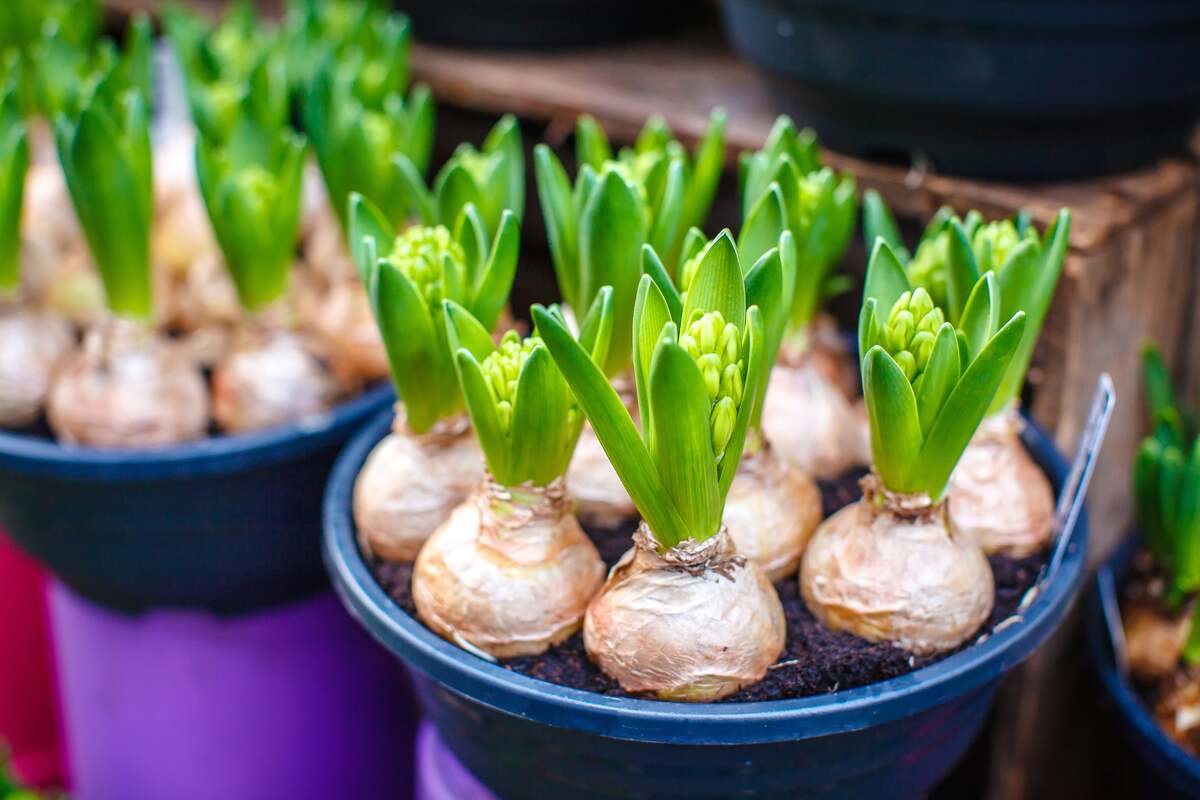

Plant Care & Gardening Tips
What Is A Flower Bulbs
Modified: January 19, 2024
Discover the secrets of successful plant care and gardening tips for flower bulbs. Learn how to nurture and maintain beautiful blooms in your garden.
(Many of the links in this article redirect to a specific reviewed product. Your purchase of these products through affiliate links helps to generate commission for Storables.com, at no extra cost. Learn more)
Introduction
Welcome to the wonderful world of flower bulbs! If you’re an avid gardener or just someone who appreciates the beauty of nature, you’ve likely encountered these fascinating plant structures. Flower bulbs are not only essential to the survival of many plant species, but they also offer a dazzling array of colors, shapes, and fragrances that can transform any garden into a breathtaking display of natural art.
As we delve into the realm of flower bulbs, we’ll explore their definition, various types, planting and care tips, and some popular flowers that sprout from these magical underground reserves. Whether you’re a seasoned green thumb or a novice enthusiast, this guide will equip you with the knowledge and skills needed to cultivate stunning blooms from these humble yet extraordinary plant structures.
Key Takeaways:
- Flower bulbs are underground plant structures that store nutrients and produce new plants. They come in spring, summer, and fall varieties, adding vibrant colors and fragrances to gardens.
- To care for flower bulbs, monitor moisture, apply fertilizer, and protect from pests. Enjoy the beauty of tulips, daffodils, hyacinths, lilies, gladioli, and crocuses that bloom from these magical structures.
Read more: What To Do With Flower Bulbs
Definition of Flower Bulbs
Flower bulbs are underground, food-storage organs of certain flowering plants. These specialized structures are comprised of layers of modified leaves, known as scales, which envelop a central bud or shoot. The bulb’s purpose is to store the nutrients necessary for the plant’s growth and development, allowing it to survive adverse conditions such as winter or drought.
One of the most distinctive features of flower bulbs is their ability to produce new plants through asexual reproduction. This means that each bulb has the potential to give rise to one or more genetically identical offspring, known as bulblets or offsets. As a result, a single bulb can yield an entire cluster of flowers, creating a visually striking and bountiful display in the garden.
Flower bulbs come in a variety of shapes and sizes, with some resembling onions or garlic, while others are more rounded or elongated. They can be categorized based on their growth cycles, with spring-flowering bulbs, summer-flowering bulbs, and fall-flowering bulbs being the most common types. Additionally, bulbs are often classified according to their hardiness, which indicates their ability to withstand cold temperatures and thrive in specific climate zones.
These remarkable structures are not only essential for the survival of the plants that produce them, but they also play a significant role in horticulture and landscaping. Gardeners and horticulturists utilize flower bulbs to introduce bursts of color, texture, and fragrance to outdoor spaces, creating visually stunning landscapes and vibrant floral arrangements.
Understanding the unique characteristics and functions of flower bulbs is crucial for anyone looking to incorporate these captivating plants into their garden. By harnessing the power of these underground wonders, you can elevate the beauty of your outdoor environment and experience the joy of witnessing nature’s exquisite handiwork firsthand.
Types of Flower Bulbs
Flower bulbs encompass a diverse array of plant structures, each with its own distinct characteristics and blooming patterns. Understanding the different types of flower bulbs is essential for creating a well-rounded and visually captivating garden. Here are some common categories of flower bulbs:
- Spring-Flowering Bulbs: These bulbs, which include tulips, daffodils, hyacinths, and crocuses, are planted in the fall and bloom in early spring, heralding the end of winter with their vibrant colors and delicate blossoms. Their cheerful appearance is a welcome sight after the long, dreary months of winter, and they infuse the garden with renewed energy and vitality.
- Summer-Flowering Bulbs: Unlike spring-flowering bulbs, these varieties, such as lilies, gladioli, and dahlias, are planted in the spring and bloom in the summer, adding a burst of color and fragrance to the garden during the warmer months. Their bold and showy blooms create a stunning focal point in any outdoor setting, making them popular choices for flower beds and borders.
- Fall-Flowering Bulbs: These bulbs, including colchicums and autumn crocuses, are planted in late summer or early fall and bloom in the fall, extending the flowering season and providing a graceful transition from late summer to early autumn. Their understated yet elegant beauty offers a delightful contrast to the riotous colors of summer, creating a sense of harmony and balance in the garden.
Additionally, flower bulbs can be classified based on their hardiness and growth habits. Some bulbs are perennial, meaning they return year after year, while others are treated as annuals and replanted each season. Furthermore, bulbs can be categorized as tender or hardy, indicating their ability to withstand cold temperatures and thrive in specific climate zones.
By familiarizing yourself with the various types of flower bulbs, you can strategically plan and design your garden to ensure a continuous display of blooms throughout the year. Whether you prefer the early splendor of spring-flowering bulbs, the vibrant allure of summer-flowering bulbs, or the subtle elegance of fall-flowering bulbs, there’s a wide range of options to suit every garden enthusiast’s preferences and aesthetic sensibilities.
Planting Flower Bulbs
Planting flower bulbs is an exciting and rewarding endeavor that allows you to bring forth a stunning array of blooms from seemingly lifeless-looking structures. Whether you’re creating a new garden bed, enhancing an existing landscape, or adorning containers with floral beauty, the process of planting flower bulbs requires careful consideration and attention to detail. Here are some essential steps to ensure successful bulb planting:
- Choose High-Quality Bulbs: Select firm, plump bulbs free from blemishes or mold. The size and condition of the bulbs are indicative of the potential blooms they will produce, so opt for the best-quality bulbs available.
- Select an Appropriate Planting Site: Determine the ideal location for your bulbs based on their sunlight and soil requirements. Most bulbs thrive in well-draining soil and prefer full or partial sunlight, so choose a site that meets these criteria.
- Prepare the Soil: Loosen the soil to a depth of about 12 inches, removing any weeds, rocks, or debris. Incorporate organic matter such as compost or peat moss to improve soil fertility and structure.
- Plant at the Right Depth: As a general rule of thumb, plant bulbs at a depth equal to three times their diameter. For example, if a bulb is 2 inches in diameter, it should be planted 6 inches deep. Space the bulbs according to the recommended planting distance for each specific type.
- Position the Bulbs Correctly: Place the bulbs in the planting hole with the pointed end facing upward. If the bulb has roots, position them facing downward. This orientation ensures that the emerging shoots can grow unobstructed.
- Provide Adequate Watering: After planting, water the bulbs thoroughly to settle the soil and initiate the growth process. Ensure that the soil remains consistently moist but not waterlogged during the establishment phase.
- Apply Mulch: Cover the planted area with a layer of organic mulch, such as straw or shredded bark, to conserve moisture, suppress weeds, and insulate the bulbs from temperature fluctuations.
It’s important to consider the bloom times and heights of the bulbs when planning your planting scheme, as this will contribute to a well-coordinated and visually appealing garden display. By following these planting guidelines and paying attention to the specific requirements of each bulb type, you can set the stage for a spectacular floral showcase that will delight and inspire all who behold it.
When planting flower bulbs, make sure to choose a location with well-drained soil and plenty of sunlight. Plant the bulbs at the recommended depth and spacing for the specific type of flower. Water the bulbs after planting and continue to water as needed throughout the growing season.
Caring for Flower Bulbs
Once you’ve planted your flower bulbs and eagerly awaited their emergence from the soil, it’s essential to provide proper care to ensure their continued health and vitality. Caring for flower bulbs involves a combination of maintenance practices aimed at supporting their growth, protecting them from environmental stressors, and promoting robust blooming. Here are some essential tips for nurturing your flower bulbs:
- Watering: Monitor the moisture levels in the soil, especially during dry periods. While bulbs require regular watering during their active growth phase, it’s crucial to avoid overwatering, as this can lead to rot and other issues. Aim to keep the soil evenly moist but not waterlogged.
- Fertilization: Apply a balanced, slow-release fertilizer or a specialized bulb fertilizer in early spring when the shoots emerge. This will provide the necessary nutrients to support healthy growth and abundant flowering. Avoid excessive use of high-nitrogen fertilizers, as they can promote lush foliage at the expense of blooms.
- Deadheading: Remove spent flowers as they fade to prevent the plant from expending energy on seed production. Deadheading encourages the bulb to allocate resources to bulb development and storage, leading to stronger blooms in the following season.
- Protection from Pests and Diseases: Keep an eye out for common bulb pests such as aphids, thrips, and bulb mites, and take appropriate measures to control infestations. Additionally, monitor the bulbs for signs of diseases such as botrytis or fungal infections, and promptly address any issues to prevent their spread.
- Winter Protection: In regions with harsh winters, provide insulation for bulbs by applying a layer of mulch or straw over the planting area. This helps regulate soil temperature and protects the bulbs from frost heaving and temperature fluctuations.
- Division and Transplanting: Some bulb species benefit from periodic division to prevent overcrowding and rejuvenate their vigor. After several years of growth, carefully lift and divide the bulbs, replanting them at the appropriate spacing and depth.
By implementing these care practices, you can nurture your flower bulbs and ensure their longevity and continued beauty year after year. With proper attention and maintenance, your bulbs will reward you with a dazzling display of blooms, enriching your outdoor space with their enchanting colors and fragrances.
Read more: What Animals Eat Flower Bulbs
Common Flowers That Grow from Bulbs
Flower bulbs give rise to a stunning assortment of blooms, each possessing its own unique charm and allure. From the iconic tulips of spring to the majestic lilies of summer, these flowers captivate the senses with their vibrant colors, enticing fragrances, and exquisite forms. Here are some common flowers that sprout from bulbs, each contributing to the kaleidoscopic tapestry of nature’s floral wonders:
- Tulips (Tulipa spp.): Renowned for their elegant cup-shaped blossoms and vibrant hues, tulips are synonymous with the arrival of spring. These beloved flowers come in an extensive range of colors and varieties, from single-flowering to parrot and fringed tulips, offering an abundance of choices for gardeners and floral enthusiasts.
- Daffodils (Narcissus spp.): Daffodils, also known as narcissus, are cherished for their cheerful, trumpet-shaped blooms and bright, sunny colors. Ranging from pure white to golden yellow and delicate pastels, daffodils herald the arrival of spring with their exuberant displays, often naturalizing and multiplying over time.
- Hyacinths (Hyacinthus orientalis): Emitting a heady, sweet fragrance, hyacinths are prized for their densely packed clusters of fragrant, bell-shaped flowers. Available in an array of captivating colors, including shades of blue, pink, purple, and white, hyacinths infuse the garden with their intoxicating scent and vibrant presence.
- Lilies (Lilium spp.): With their stately stature and exquisite blooms, lilies are a hallmark of summer gardens. These regal flowers come in various forms, including Asiatic, Oriental, and trumpet lilies, and boast an impressive color palette, from soft pastels to rich, dramatic tones, adding drama and elegance to any landscape.
- Gladioli (Gladiolus spp.): Known for their tall, sword-shaped foliage and striking, funnel-shaped flowers, gladioli are a popular choice for summer floral arrangements and garden borders. Their impressive spikes bear a profusion of blossoms in an array of captivating colors, making them a versatile and eye-catching addition to the garden.
- Crocuses (Crocus spp.): These diminutive yet delightful flowers are among the first to emerge in early spring, dotting the landscape with their cheerful blooms. Available in shades of purple, white, and yellow, crocuses bring a touch of whimsy and charm to the garden, signaling the awakening of nature after the winter slumber.
These are just a few examples of the myriad flowers that originate from bulbs, each contributing its own unique beauty and character to the floral tapestry of the natural world. Whether planted en masse for a breathtaking display or nestled among other garden treasures, these bulbous beauties never fail to captivate and inspire with their resplendent colors, enchanting fragrances, and enduring allure.
Conclusion
Exploring the realm of flower bulbs unveils a captivating journey into the heart of nature’s ingenuity and beauty. From the humble bulb buried beneath the earth to the resplendent blooms that emerge, the lifecycle of these extraordinary plants is a testament to the marvels of the natural world. As you embark on your gardening endeavors, whether as a seasoned enthusiast or a novice explorer, the knowledge and insights gained about flower bulbs will serve as a valuable compass, guiding you toward creating a vibrant and enchanting outdoor sanctuary.
Understanding the diverse types of flower bulbs and the care they require empowers you to orchestrate a symphony of colors and fragrances throughout the seasons. With careful planning and thoughtful cultivation, you can transform your outdoor space into a living canvas adorned with the timeless elegance of tulips, the exuberance of daffodils, the fragrance of hyacinths, and the regal presence of lilies and gladioli.
As you witness the emergence of these floral treasures from their subterranean abodes, you’ll be rewarded not only with a visual feast for the eyes but also with a profound connection to the rhythms of nature. The anticipation of their arrival, the tender care they receive, and the joy they bring are all part of the intricate dance between humans and the botanical wonders that grace our gardens.
In the end, the enchanting world of flower bulbs invites us to embrace the magic of growth, the allure of color, and the enduring cycle of life. It beckons us to nurture and celebrate the splendor of nature, sowing the seeds of wonder and delight with each bulb planted and each blossom unfurled. May your journey with flower bulbs be filled with boundless beauty, timeless moments, and the ever-present promise of nature’s enduring grace.
Frequently Asked Questions about What Is A Flower Bulbs
Was this page helpful?
At Storables.com, we guarantee accurate and reliable information. Our content, validated by Expert Board Contributors, is crafted following stringent Editorial Policies. We're committed to providing you with well-researched, expert-backed insights for all your informational needs.
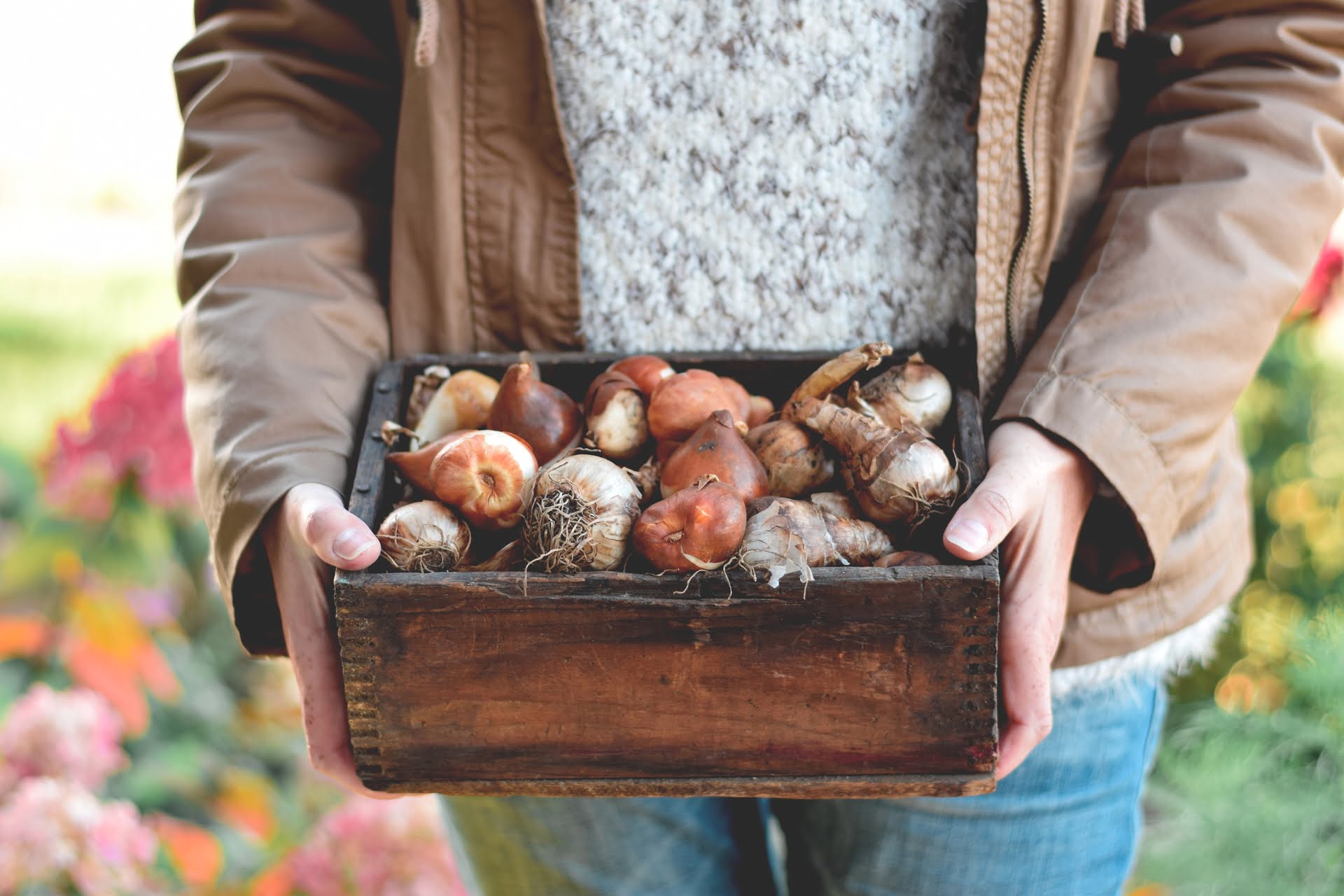
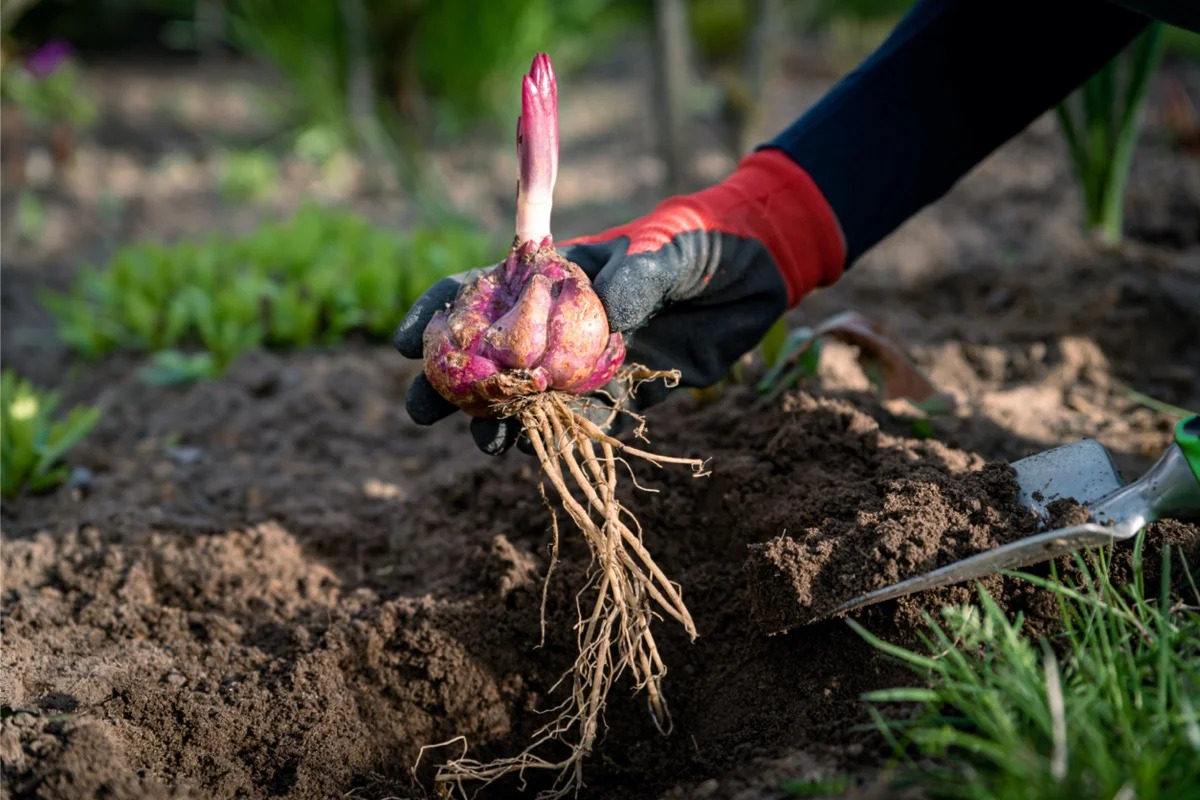
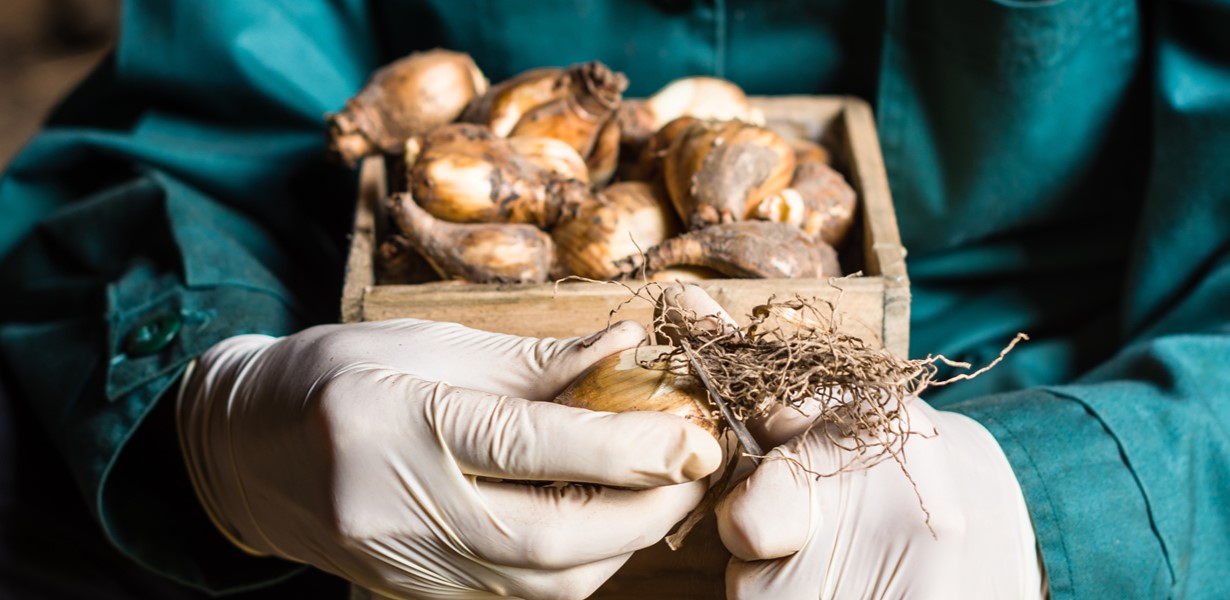
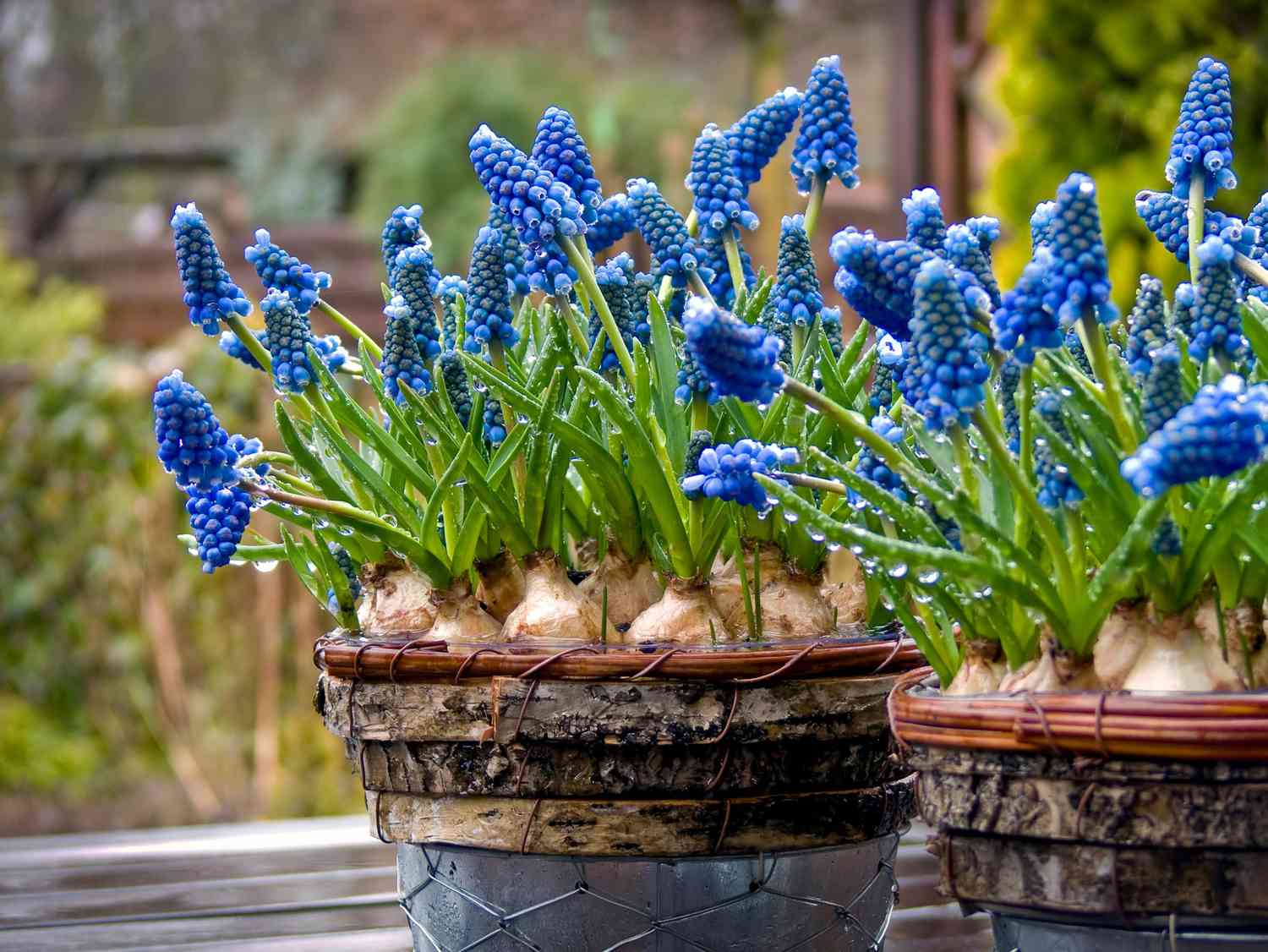
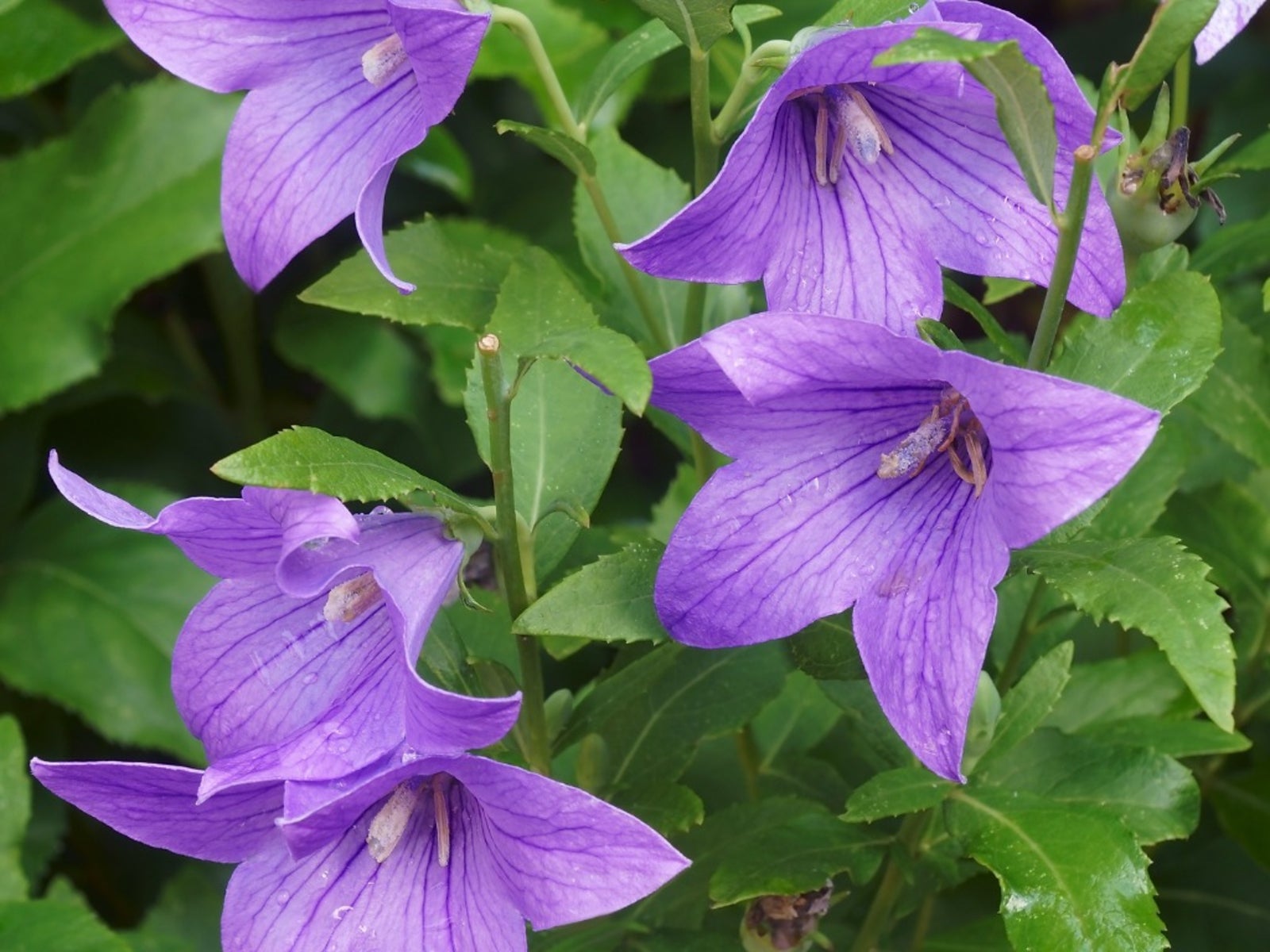
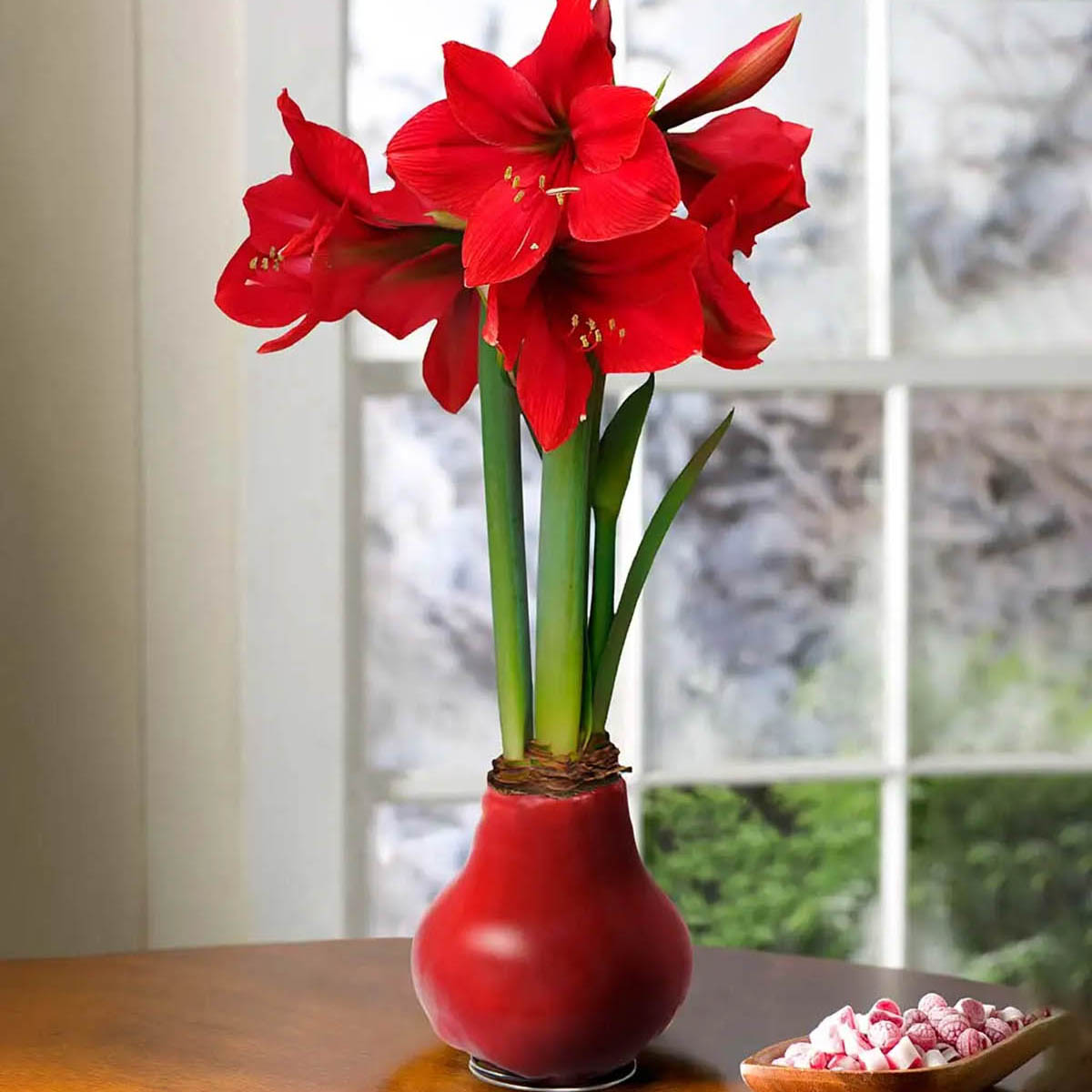
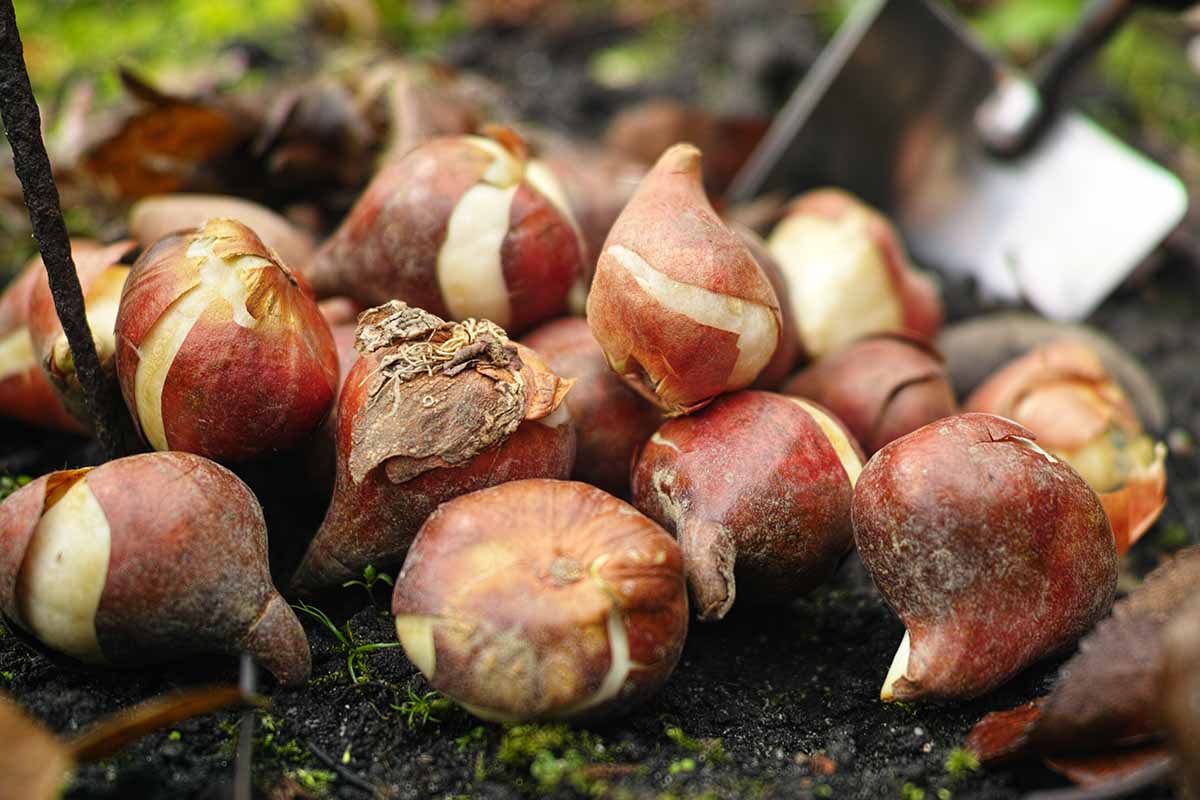
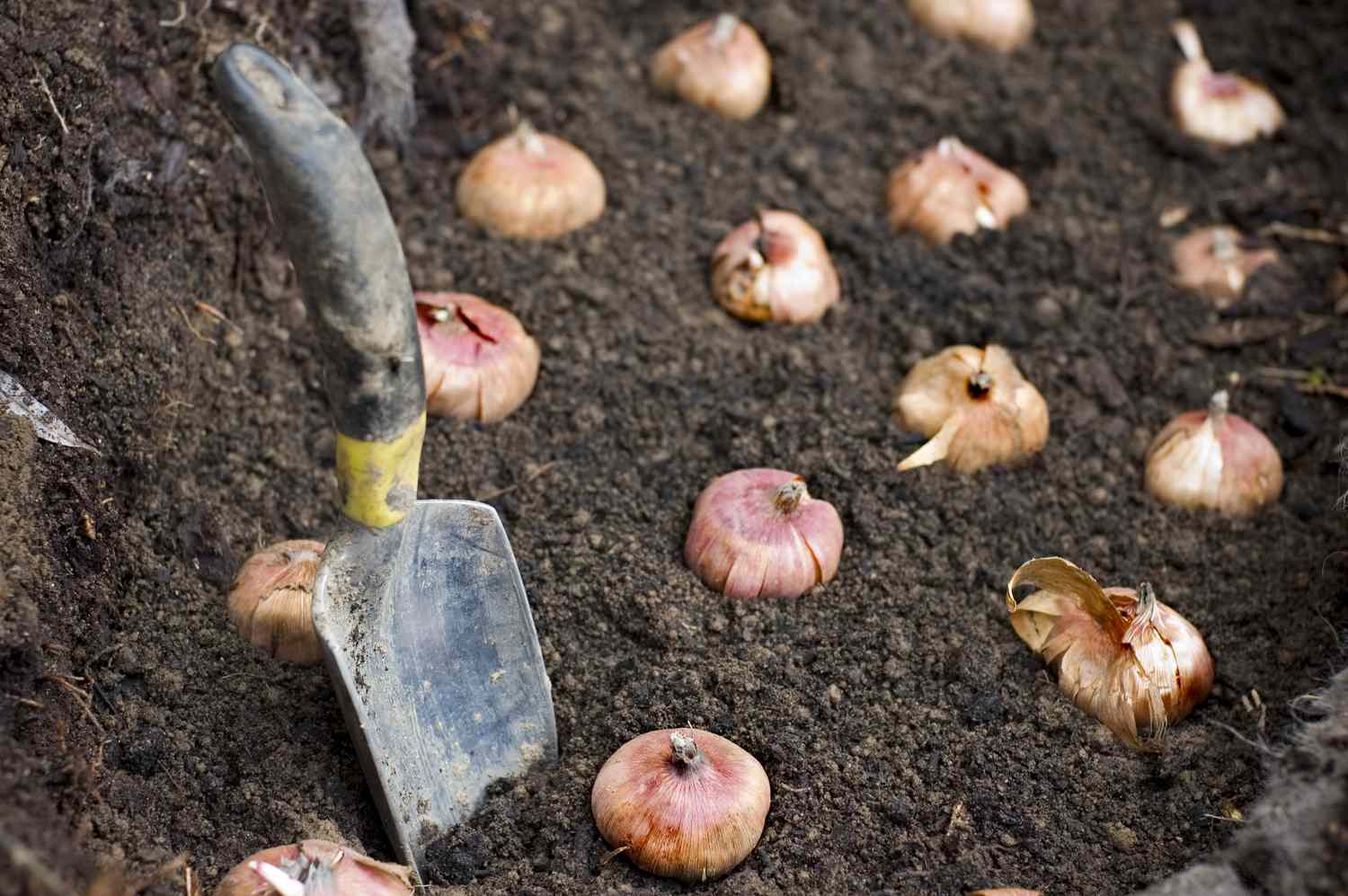
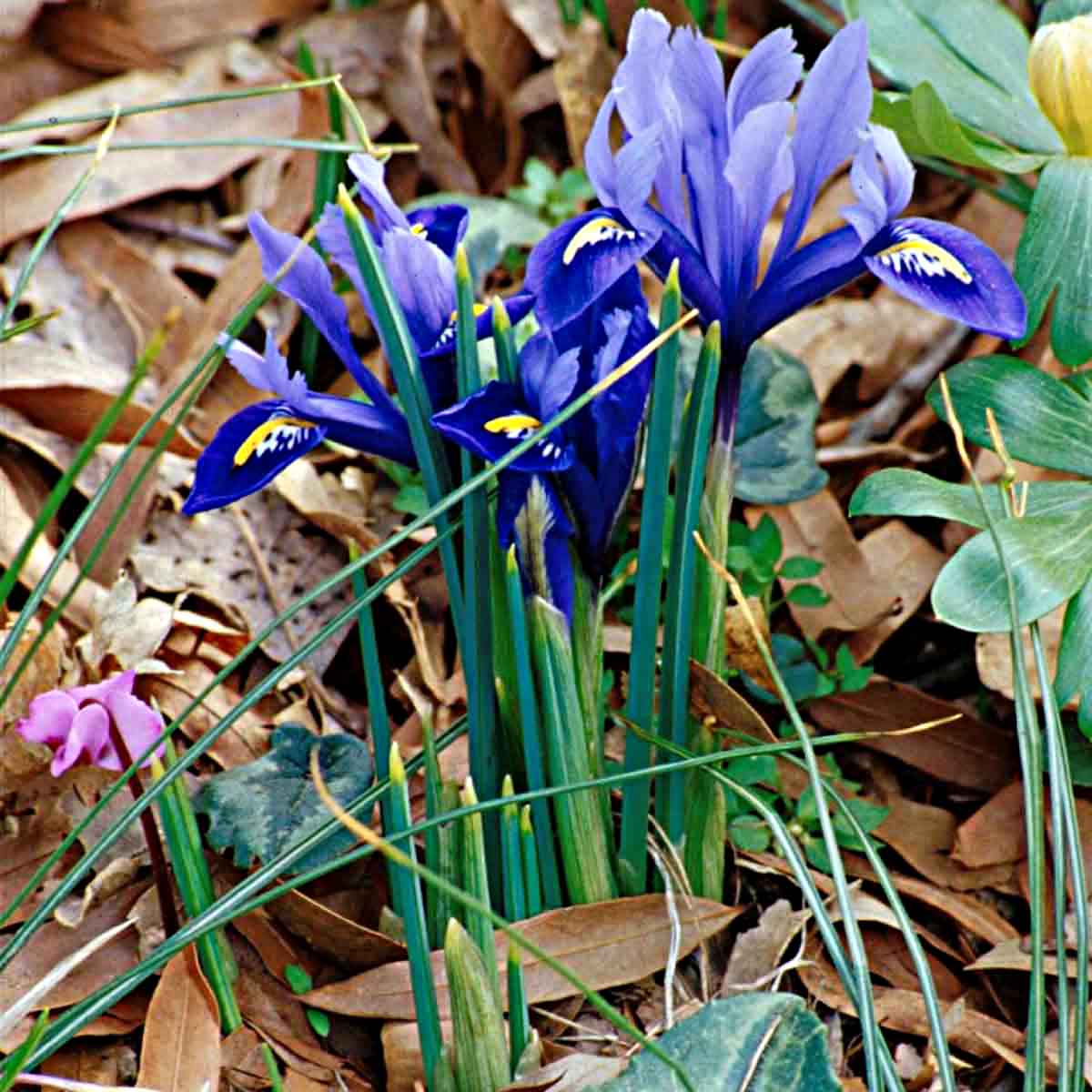
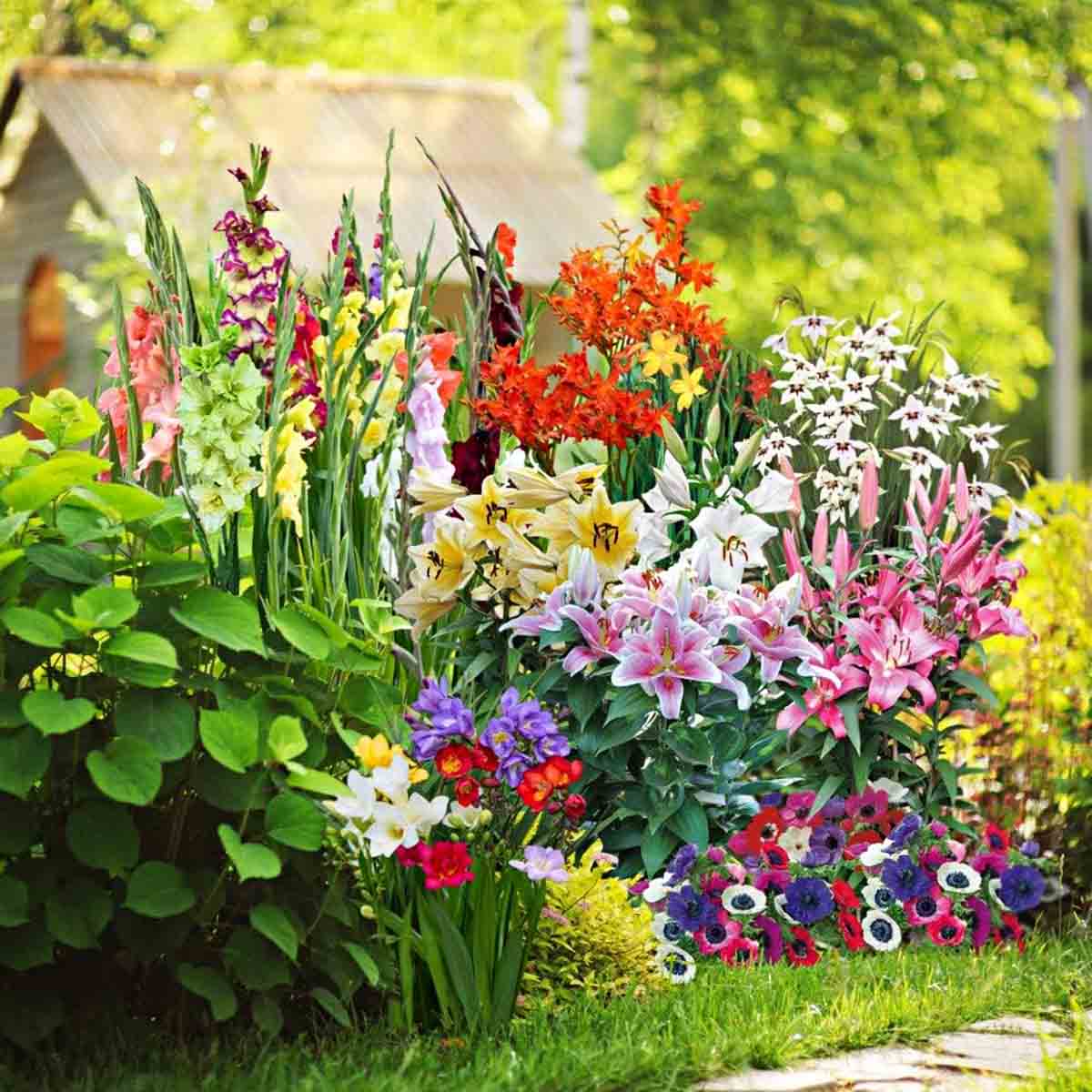
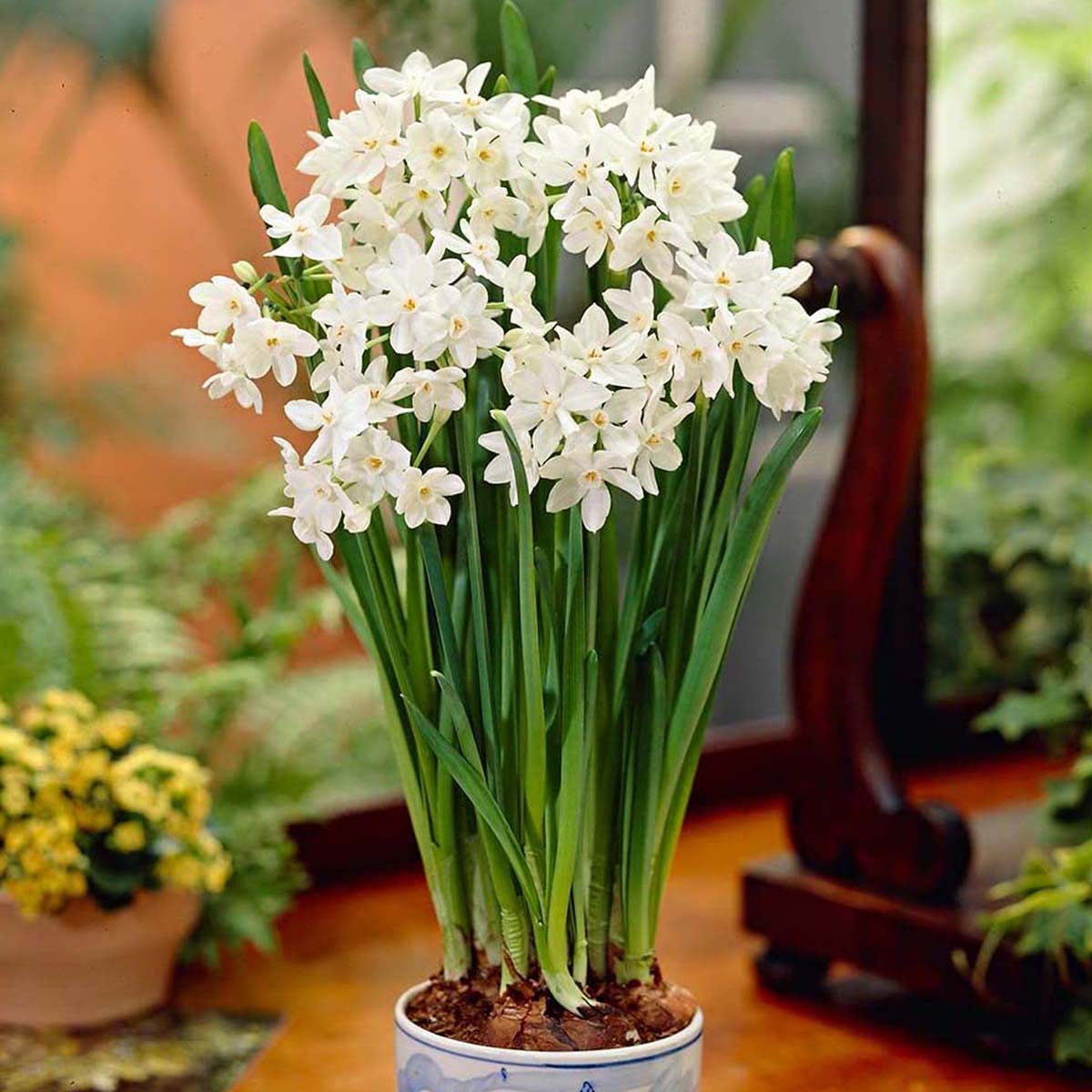
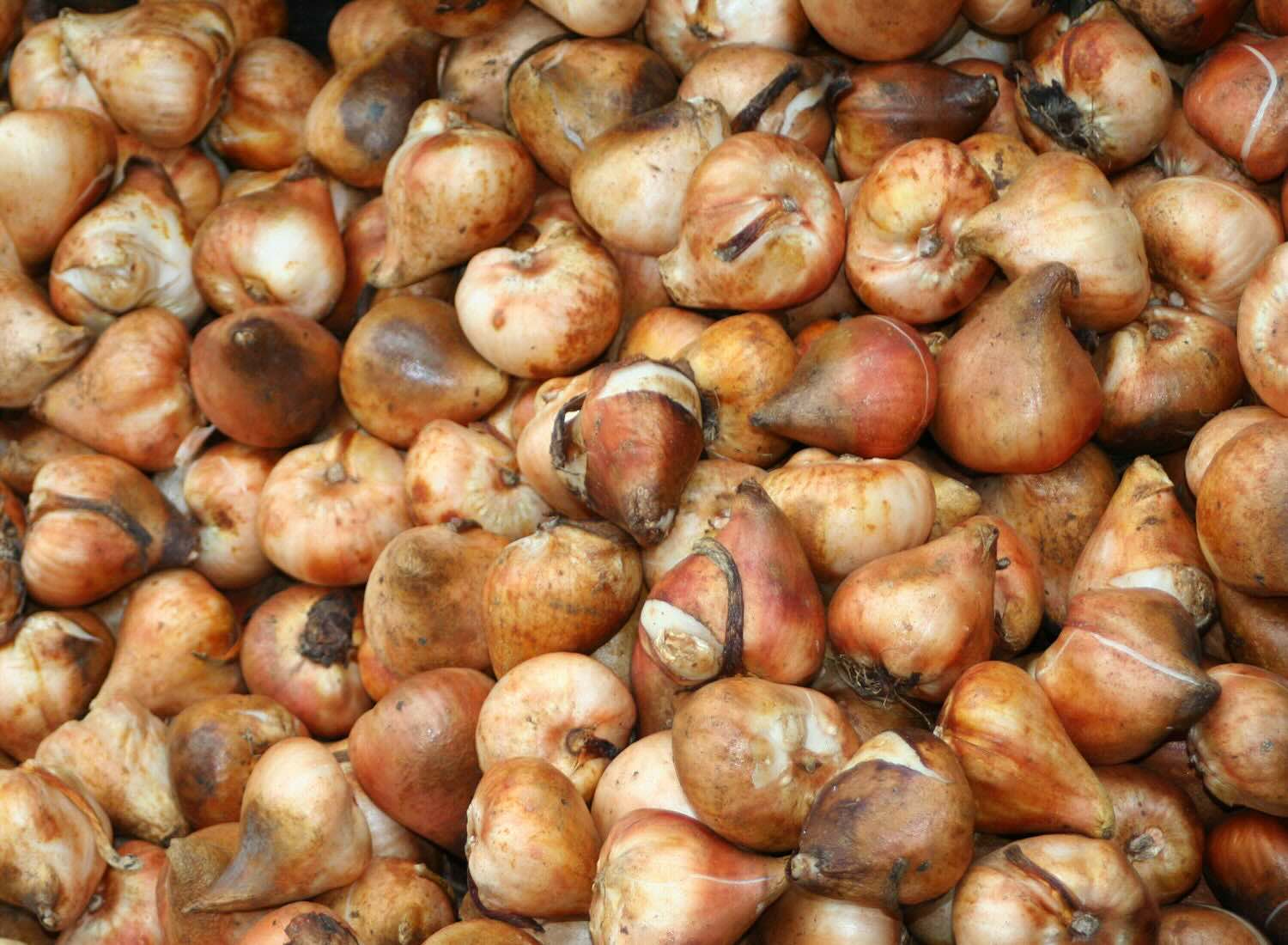
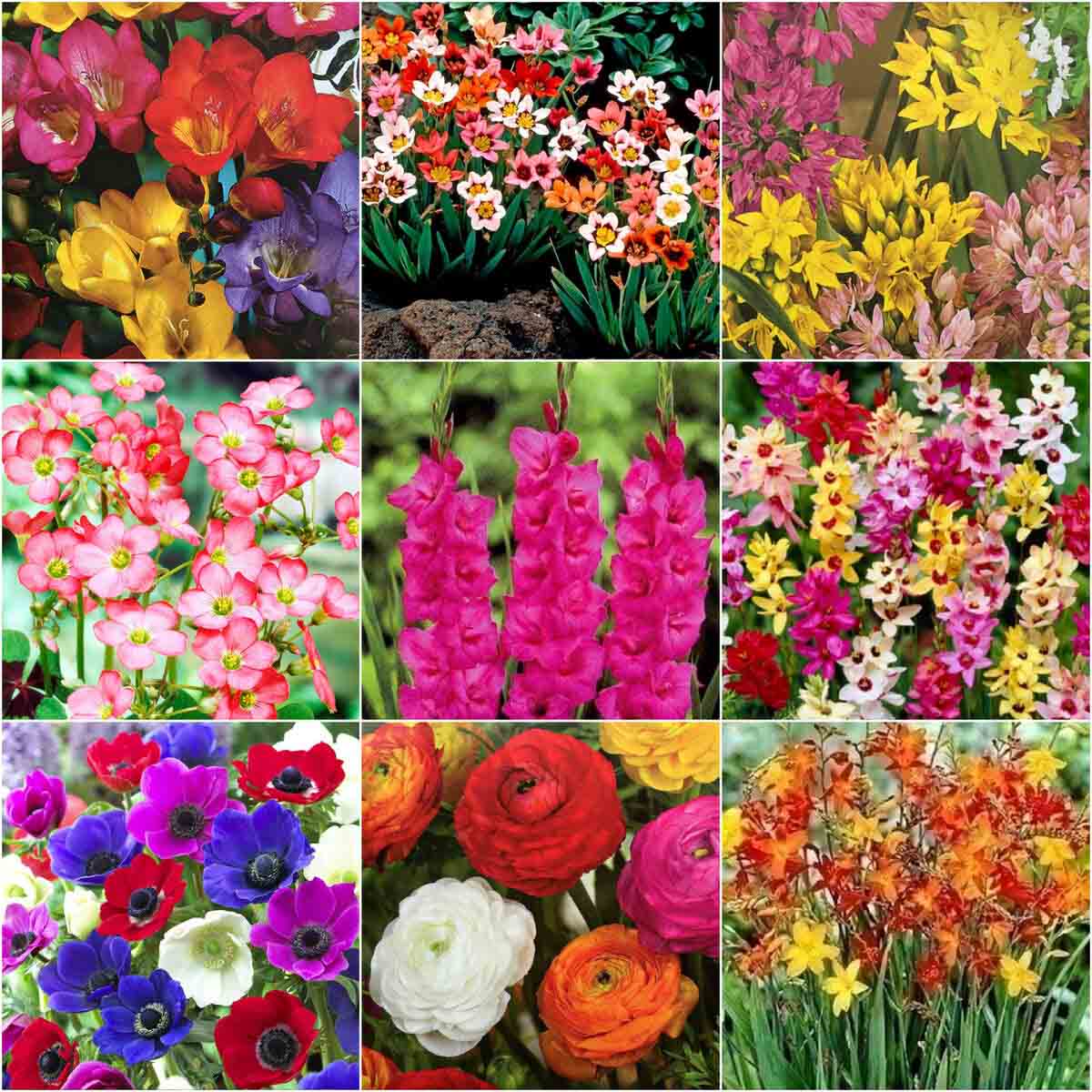
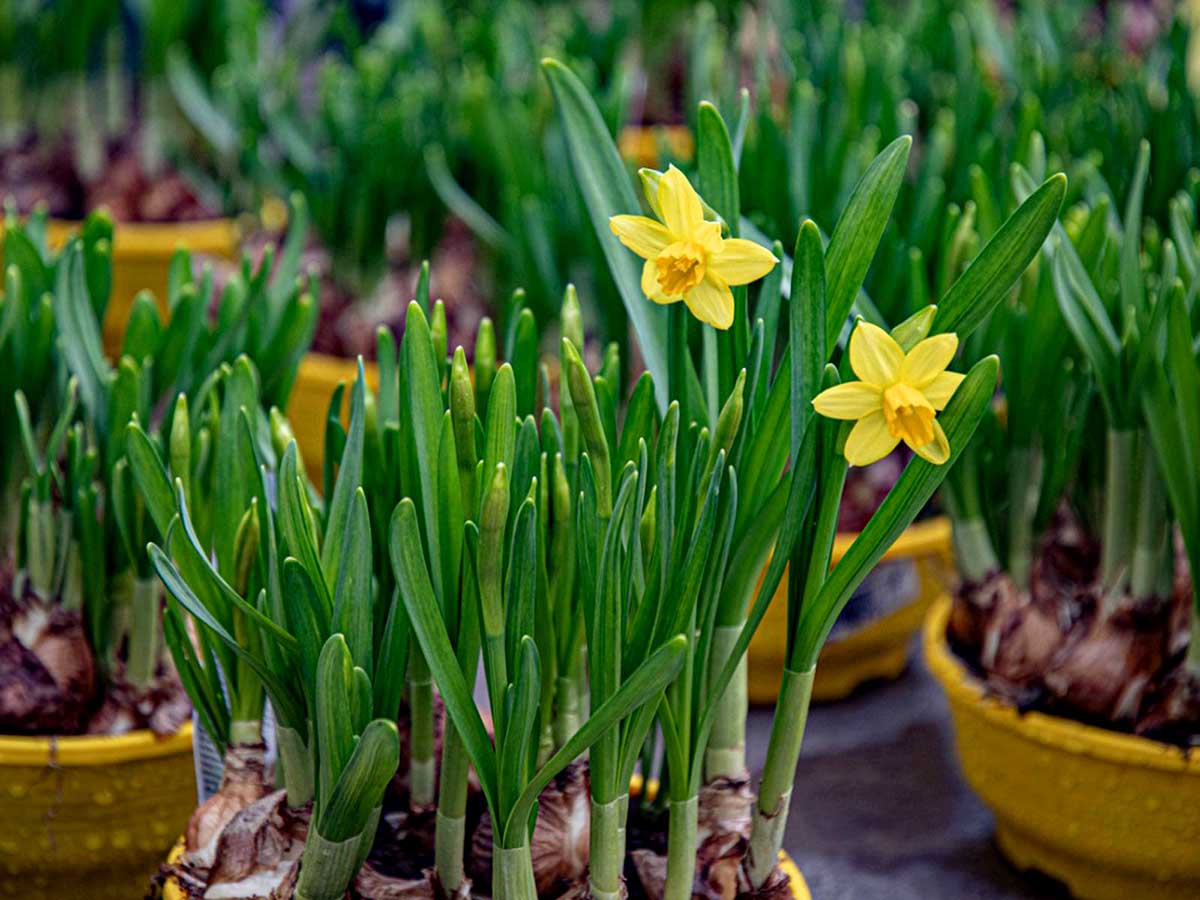

0 thoughts on “What Is A Flower Bulbs”